Reflx Lab 400D offers a daylight-balanced film suitable for versatile shooting conditions.
Reflx Lab 800T is a tungsten-balanced film that excels in low-light and indoor scenarios.
Understanding the grain, color reproduction, and dynamic range of each film can help photographers make informed choices.
Shooting at different ISO levels can influence the final image quality and aesthetic of these films.
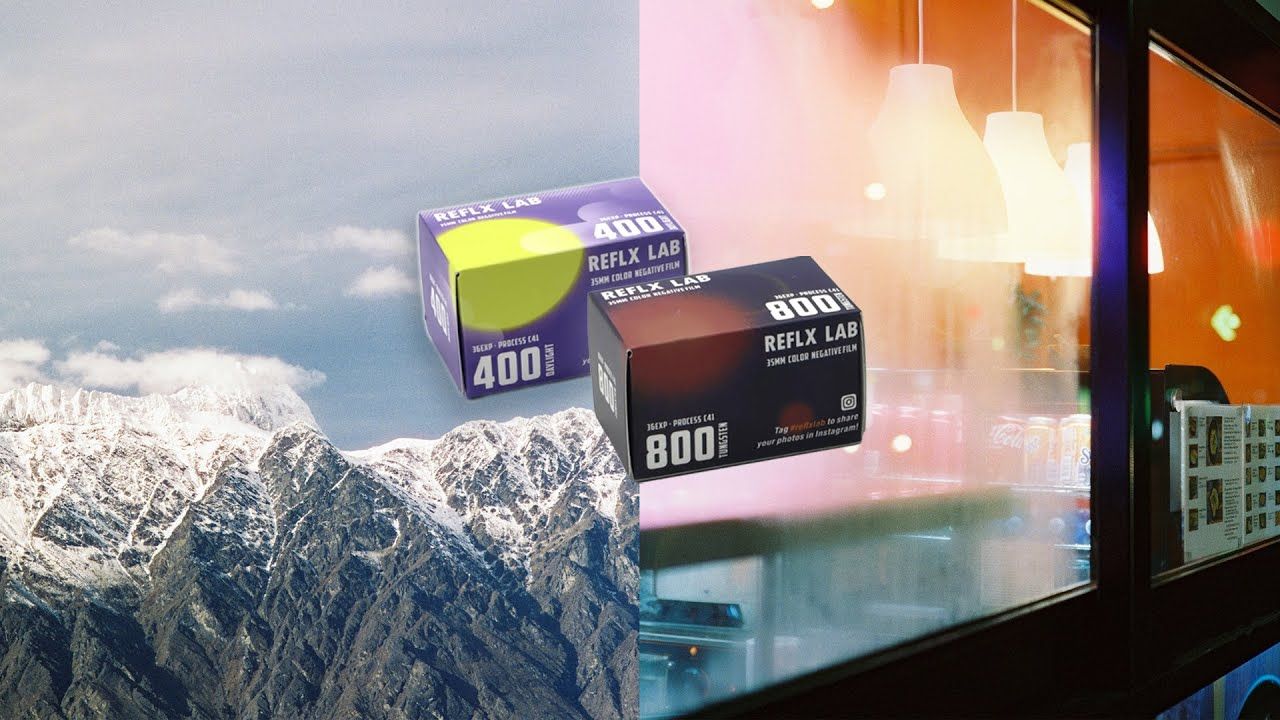
Reflx Lab 400D vs Reflx Lab 800T comparison table
|
Feature |
Reflx Lab 400D |
Reflx Lab 800T |
|---|---|---|
|
ISO Rating | ||
|
Color Balance |
Daylight |
Tungsten |
|
Remjet Backing |
Removed |
Removed |
|
Processing |
C-41 |
C-41 |
|
Best Used For |
General daylight shooting |
Low-light and night-time scenarios |
Reflx Lab 400D Review
Color Reproduction and Daylight Performance
Color reproduction is the heart of what makes 400D special. In the golden hours of dawn or the soft light of an overcast day, it renders hues with a naturalistic and pleasing quality. It’s not just about capturing the scene; it’s about relaying the mood and atmosphere to anyone who views the photo.
Grain Structure and Sharpening Details
Grain is the signature of film photography, and Reflx Lab 400D does not disappoint. The grain structure here is fine and well-defined, contributing to a sharpness that complements its color rendition. When you’re zooming in on your developed photos, you’ll notice the crispness of the details, from the textures in a landscape to the subtleties in a portrait.
Color Saturation and Contrast
The color saturation and contrast of 400D are balanced to give you a true-to-life image without being overbearing. This balance is what makes it a favorite for those looking to capture scenes with authenticity. The contrast is enough to give depth and dimension without losing the nuance in shadows and highlights. For a deeper understanding of how filters can impact your image, consider reading about the benefits of using a polarizing filter in film photography.
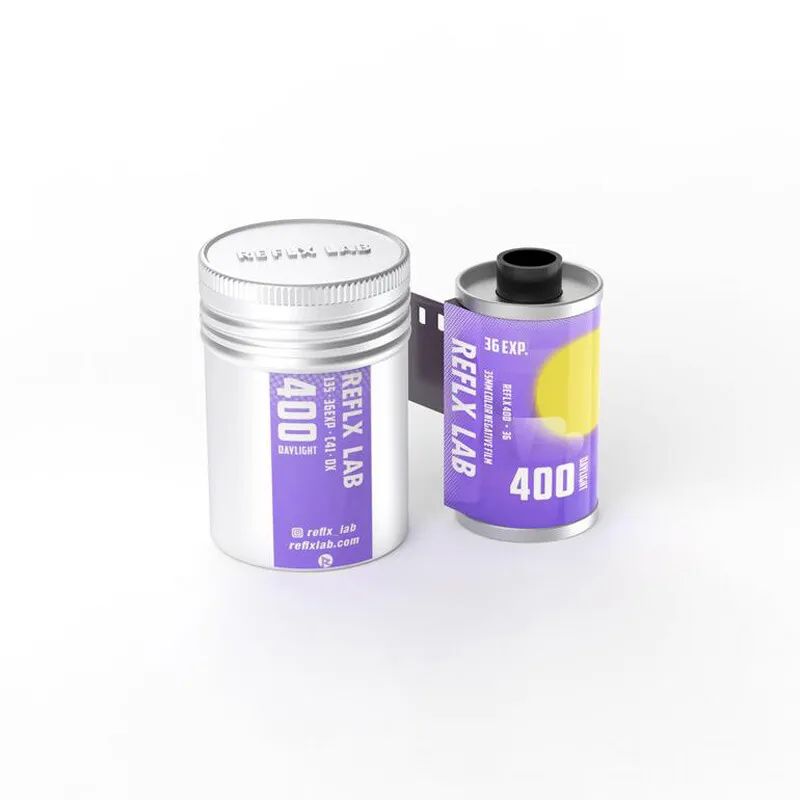
Dynamic Range Showdown
Dynamic range is a critical factor in film choice. With 400D, you’ll find a generous range that handles a spectrum of light conditions. This means you can shoot in high contrast situations with confidence, knowing that the film will record both the brightest and darkest parts of your scene with fidelity. For more insights, check out our light meter guide which can help you achieve the perfect exposure.
Shoot in varied lighting conditions to test the dynamic range of the film.
Experiment with overexposure to understand the film’s response to different light levels.
Compare your shots in high contrast scenarios to see how the film performs.
Prices
Now, let’s talk cost. Reflx Lab 400D is competitively priced, especially considering it’s a repackaged professional motion picture film. Typically, you can expect to pay slightly more than for consumer-grade films, but less than other professional cine-films that require more complex processing due to the remjet backing.
Sample Photos
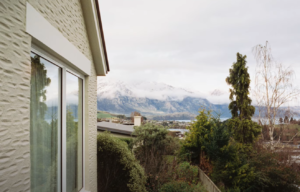
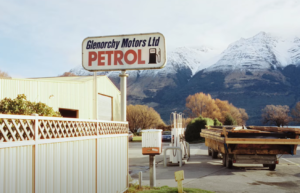
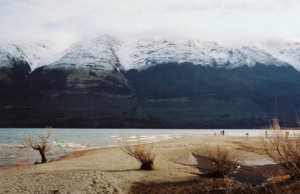
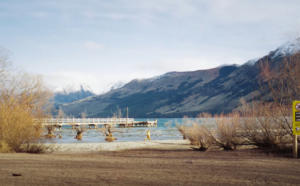

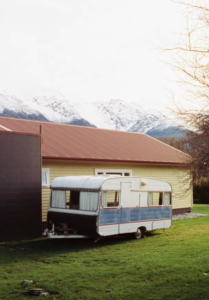
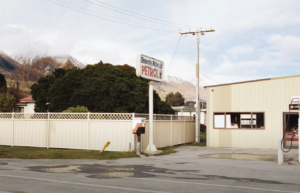
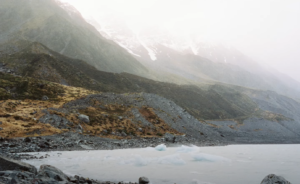
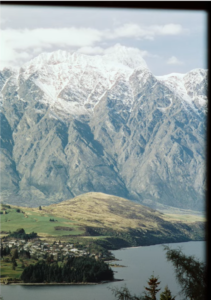
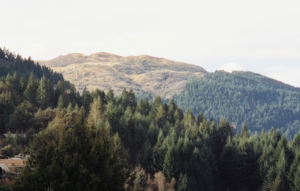
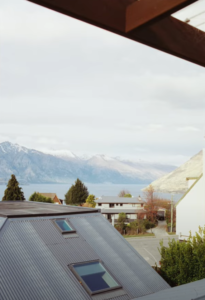
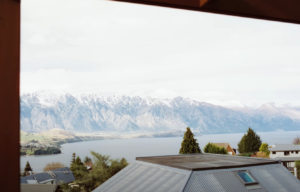
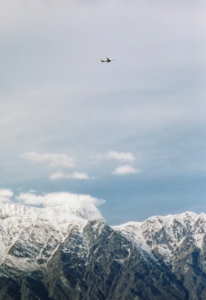
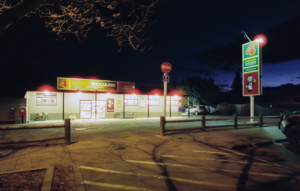
Reflx Lab 800T Review
Tungsten Balance and Low-Light Capabilities
The 800T film is a hero when the sun goes down. Tungsten balance means it’s calibrated for artificial light sources, like street lamps and neon signs, which typically cast a warmer glow. This calibration allows the film to produce images with accurate colors under these lighting conditions without the orange cast that daylight-balanced films can exhibit.
Halation Effects and Creative Aesthetics
One of the unique features of 800T is its tendency to produce halation effects around bright light sources. This can add a dreamy, ethereal quality to your photos, reminiscent of classic cinema. It’s a creative tool that, when used intentionally, can elevate the storytelling in your imagery.
Indoor and Night-Time Photography Tips
Here are a few tips to make the most out of 800T in indoor and night-time settings, including understanding the importance of light metering in film photography.
Use a tripod to stabilize your camera in low light and prevent motion blur.
Experiment with different exposures to see how the film reacts to various levels of light.
Don’t shy away from underexposed areas; 800T can often retain detail in shadows, adding depth to your photos.
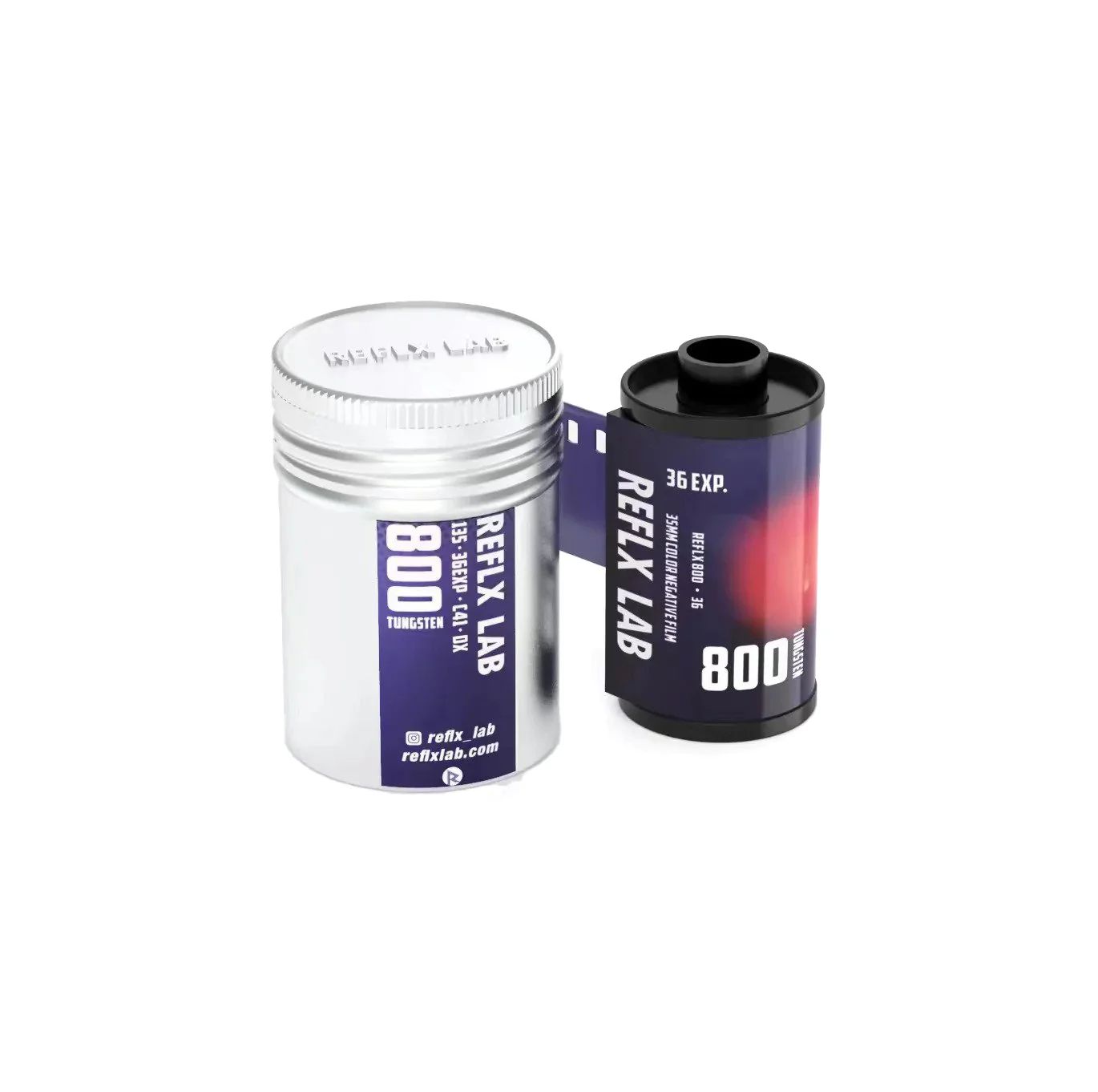
Color Reproduction and Daylight Performance
While 800T is a star in the night, it’s also more than capable of capturing beautiful images during the day. The key is to be mindful of its color balance. Daylight will naturally push the film towards a cooler, bluer tone, which can be a creative choice for certain scenes.
However, if you’re aiming for neutral colors, using an 85B color correction filter can help balance the daylight, resulting in images that look natural and true to life.
Grain Structure and Sharpening Details
The grain on 800T is distinct and adds character to your images. It’s slightly more pronounced than on 400D, which can be an aesthetic preference for those who love the tactile quality of film. This grain structure contributes to the overall sharpness and texture of your photos, giving them a tangible depth.
Shooting Flexibility and Exposure Latitude
800T‘s higher ISO of 800 gives you the flexibility to shoot in lower light without sacrificing shutter speed or aperture. This makes it an excellent choice for capturing movement or working in dimly lit environments where you want to maintain depth of field.
Detailed Analysis: Dynamic Range Showdown
When comparing the dynamic range of 800T to 400D, you’ll notice that 800T holds its own in challenging lighting conditions. It has the ability to capture a broad range of tones from the brightest highlights to the deepest shadows, preserving details that might otherwise be lost.
Because of this, 800T is particularly well-suited for scenes with a high dynamic range, such as a cityscape at night where the contrast between the dark sky and illuminated buildings can be stark. This film handles such contrast with grace, ensuring that no part of your image feels neglected.
Prices
Now, let’s talk cost. When you’re budgeting for your next project or photo adventure, consider the value you’re getting with 800T. Not only are you paying for the film itself, but also the unique aesthetic and ease of use it brings to your photography.
Sample Photos
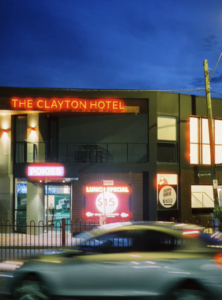
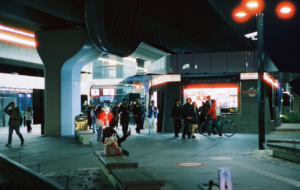
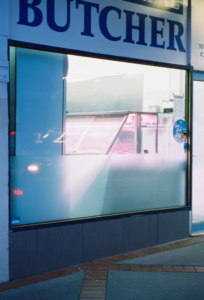
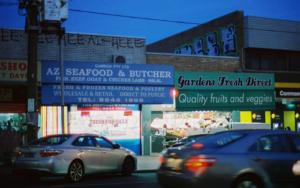
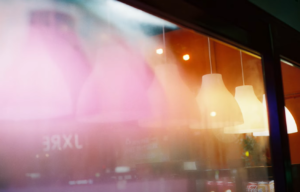


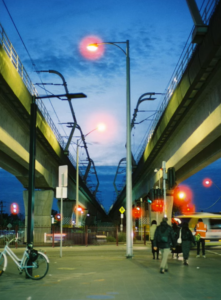
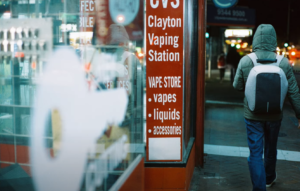
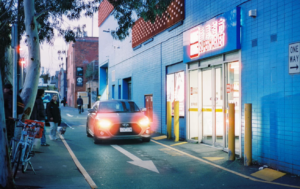
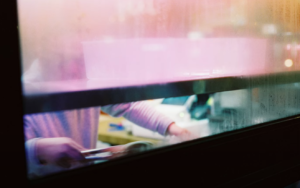

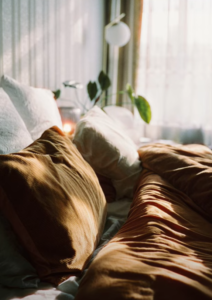

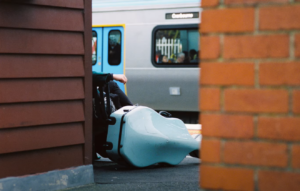
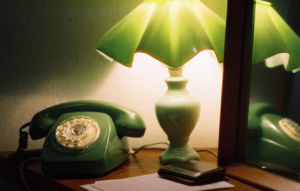
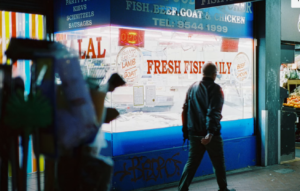


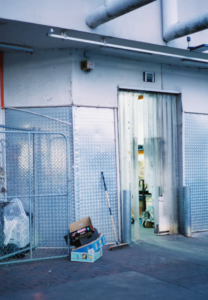
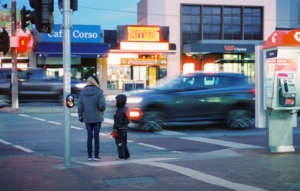
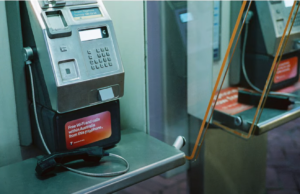
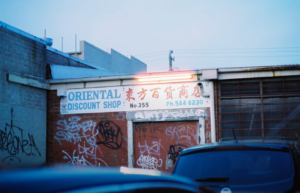
Frequently Asked Questions
Can Reflx Lab film be processed in regular C-41 chemistry?
Yes, both Reflx Lab 400D and 800T can be processed in regular C-41 chemistry. This is because the remjet backing, typically found on motion picture films, has been removed. This makes it convenient for photographers to have their film developed at any local lab that processes color negative film.
How does the absence of remjet coating on 800T affect the images?
The absence of the remjet coating on 800T means that you may notice some unique visual characteristics in your photos, such as increased halation around bright light sources. This can create a glowing effect that adds a cinematic quality to your images, especially in night scenes with strong highlights.
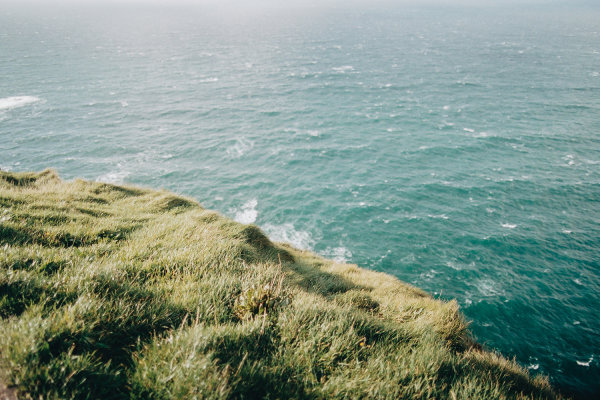



Leave a Reply